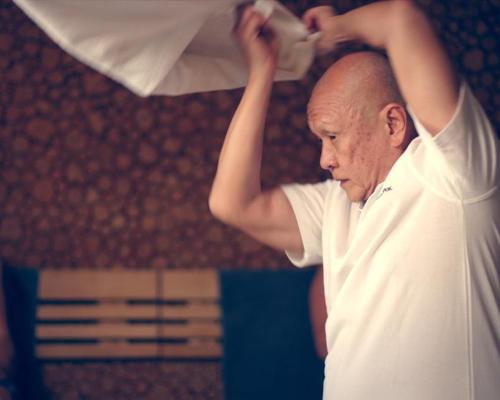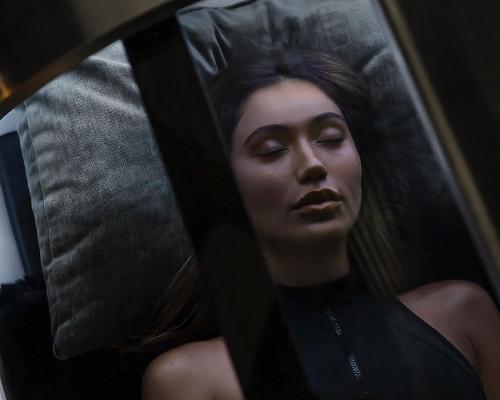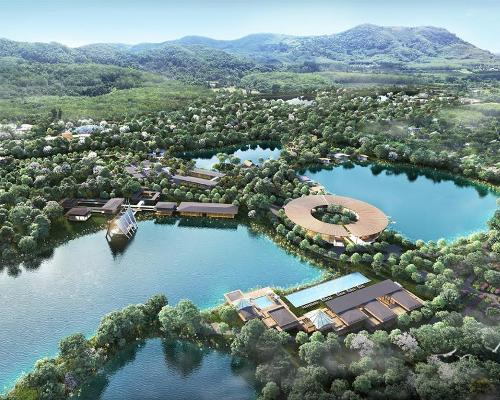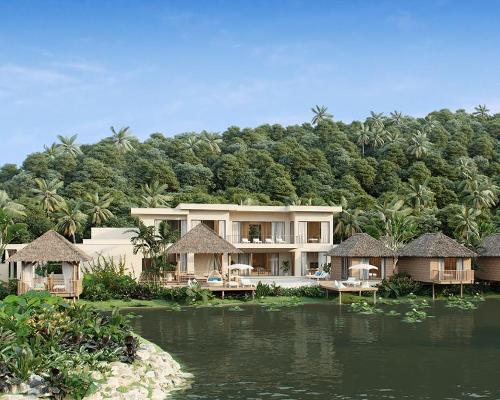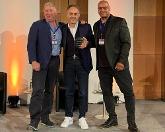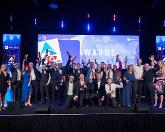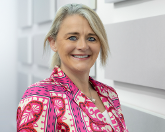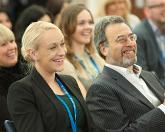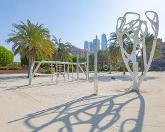see all jobs
Peter Zumthor, Jeanne Gang, Daniel Libeskind and Bjarke Ingels: We revisit some of CLAD's top interviews of 2017
Throughout 2017, we have been lucky enough to speak to a host of the most innovative, influential and opinionated leisure architects and designers working across the world.
Always impassioned, sometimes controversial and never dull, here is our summary of just some of the best CLAD interviews of 2017.
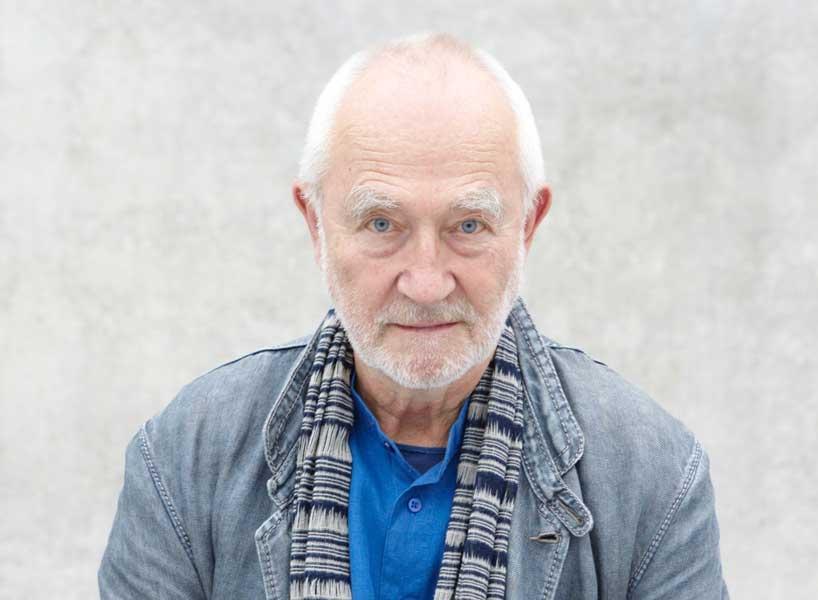
Creating buildings that inspire love is about more than just arranging and inventing forms, Peter Zumthor argued in our first big interview of the year. The influential and enigmatic Pritzker Prize-winning architect – who updated us on his forthcoming projects in the US, Korea, Germany, Switzerland and the UK – explained how his gift is to “see what’s ugly and doesn’t work in the world, and design things that do work”.
“When I look back on my life I love the buildings that speak to me by means of their atmospheric qualities, by means of a feeling of history, of being complete,” he said.
“I look at a person and it’s nice if I could like or love them. It’s a beautiful feeling when I discover this is a nice relationship. It’s how I experience buildings. In that I’m not alone – everyone shares this idea. I want to make buildings which have the capacity to be loved, that’s all. Nothing special.”
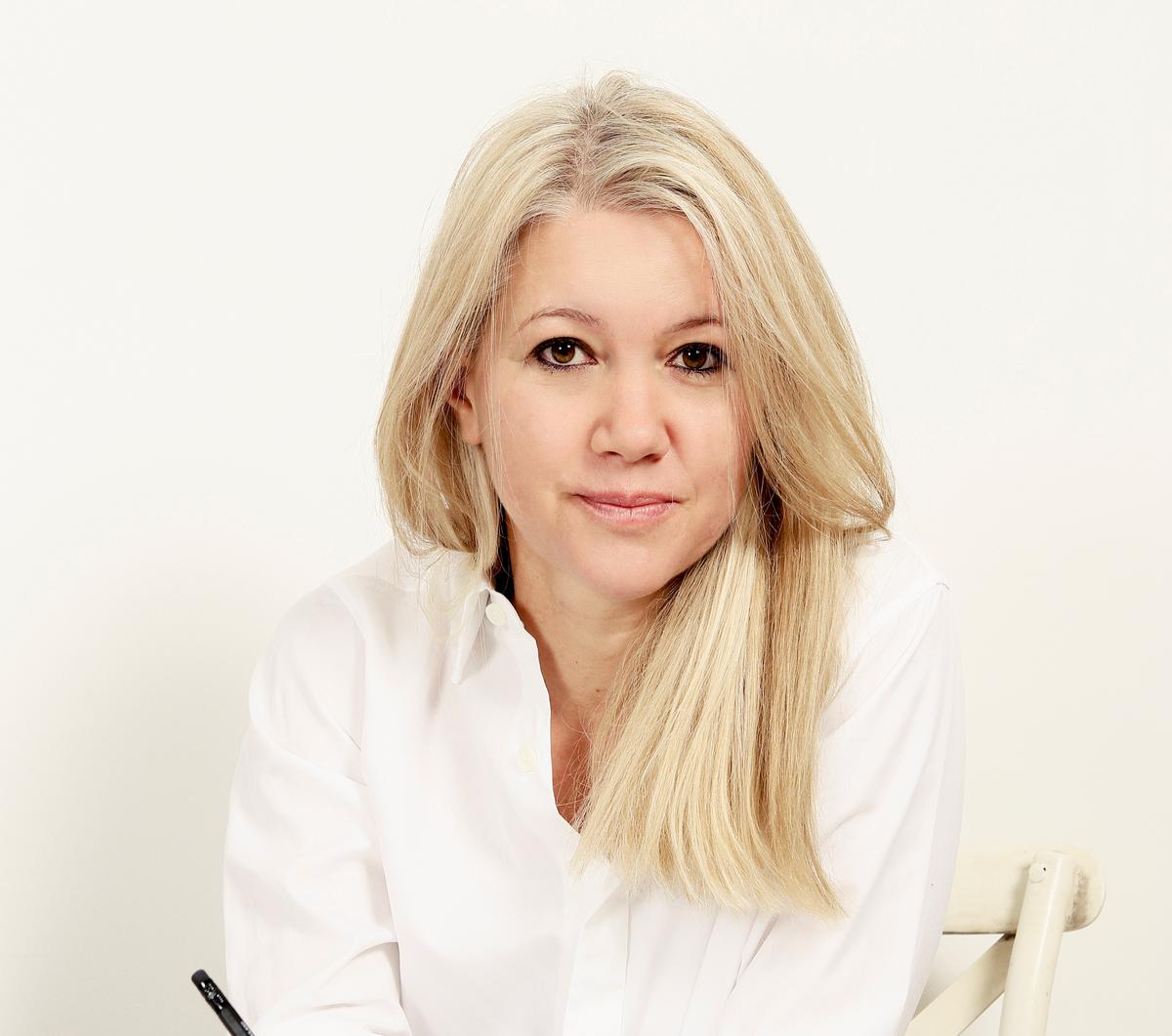
In our Q1 interview with Inge Moore – who this year left Hirsch Bedner Associates to start her own practice, Muza Lab – the acclaimed interior designer stated that more fun, interactivity and individuality should be incorporated into spa and gym design.
Moore argued that spa and fitness spaces have been “totally neglected” in the past, but are now coming to be seen as essential parts of the hotel experience.
“For too long spas and gyms were the last space on everyone’s programme, with the few rooms left at the end turned into the gym,” she said. “Now the demand is for them to be more than just rows and rows of exercise machines, or places where you lie uncomfortably on some beds. They should be super fun areas to socialise and learn.”
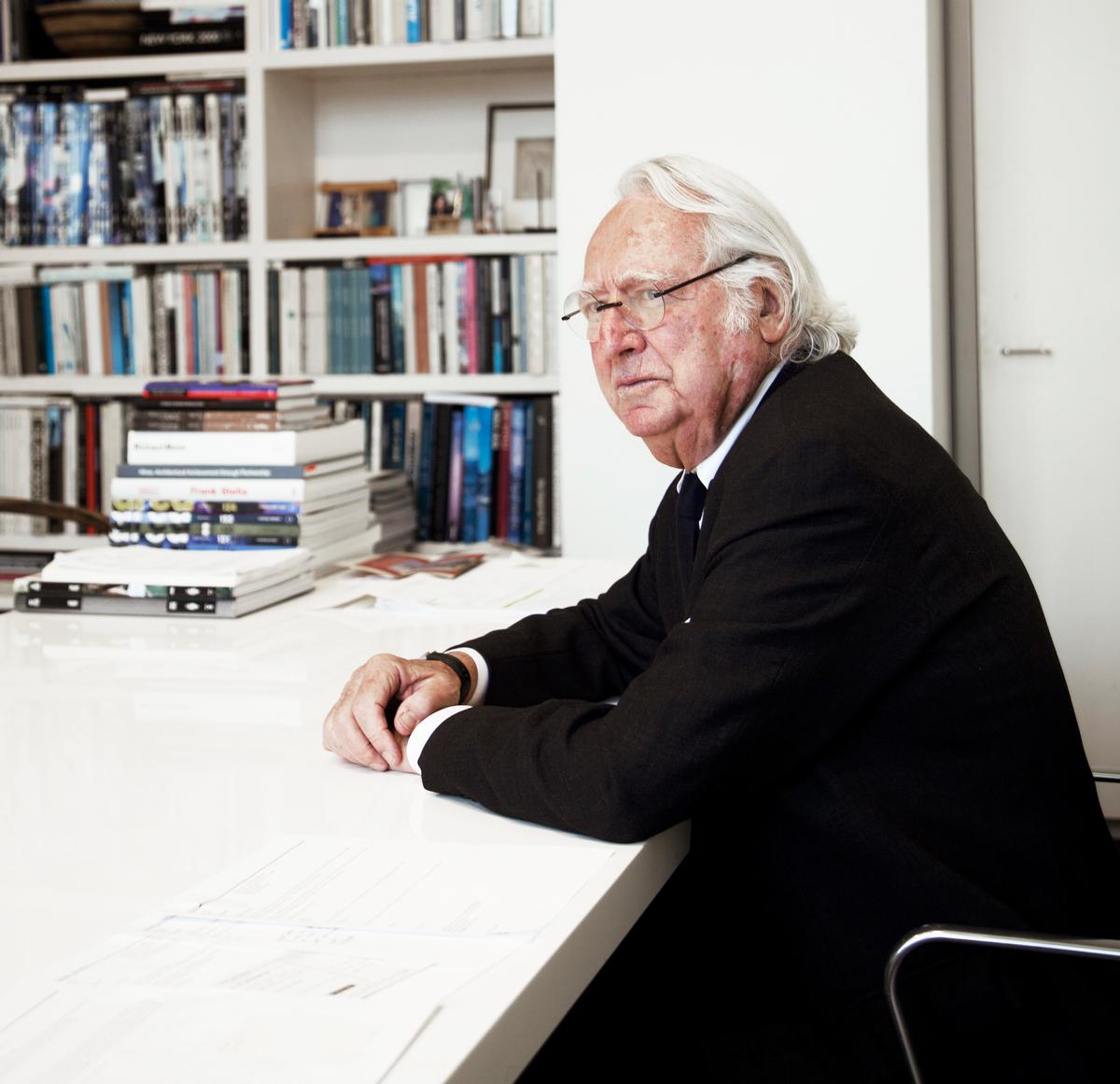
Pritzker Prize-winning architect Richard Meier talked to CLAD about the importance of good quality public space in cities, arguing that there should be incentives at government level for developers to incorporate public space into their projects.
“The problem is that developers really have no incentive to create public space,” said the architect behind The Getty Center. "It's rare that a developer is going to give up space on their project for the public, which is unfortunate because what we need in our cities is more public space, more open space – that could be related to the buildings and to the context in which they are built.”
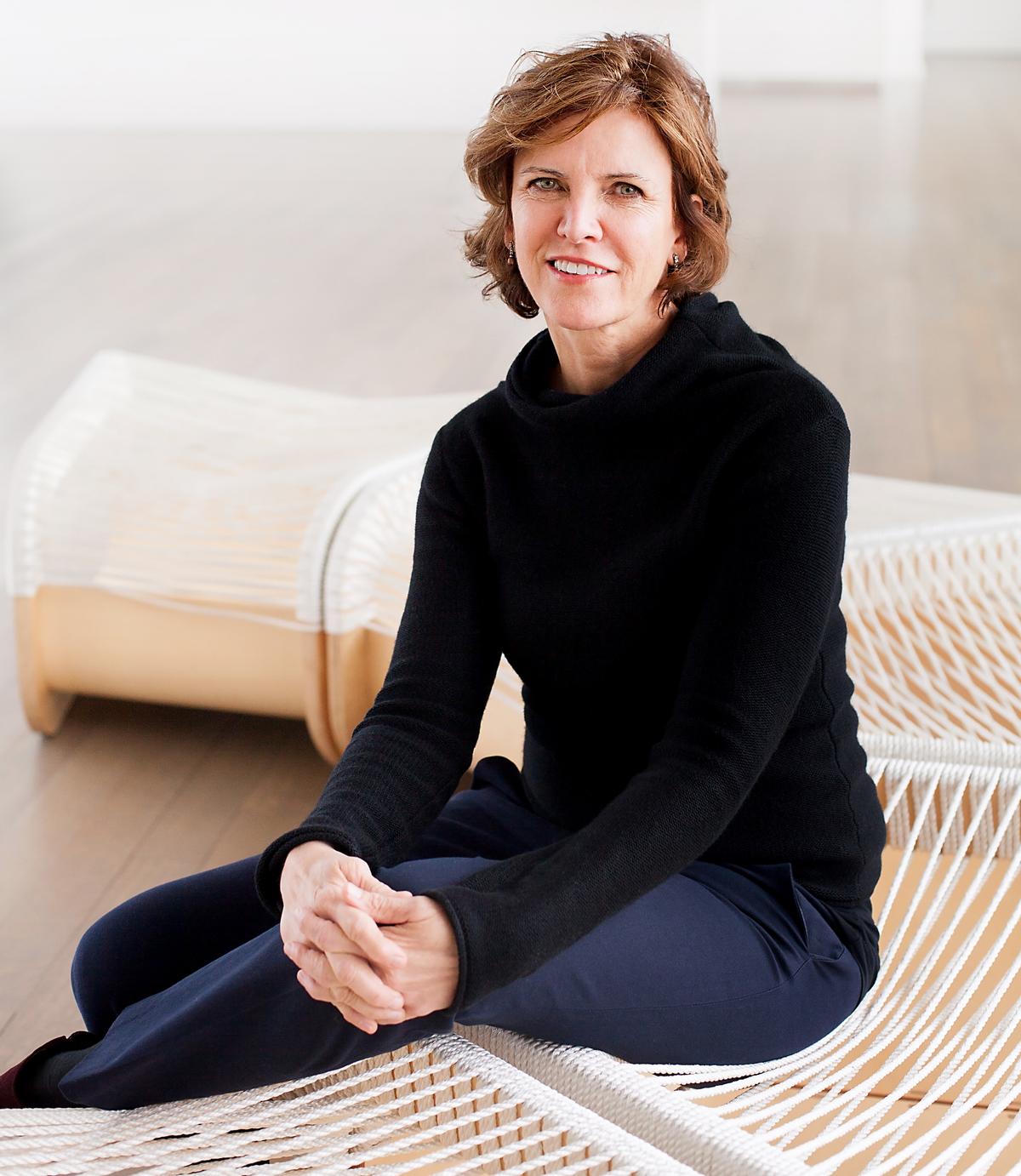
In our extensive interview with Jeanne Gang, the architect behind the American Museum of Natural History's hotly anticipated new wing made a passionate plea for investment in science education.
"You've got people denying climate change,” she warned. “It's a crisis."
Gang went on to discuss her work with the museum, the masterplan and dolphin sanctuary she is creating for the Baltimore National Aquarium, and her socially minded architectural philosophy.
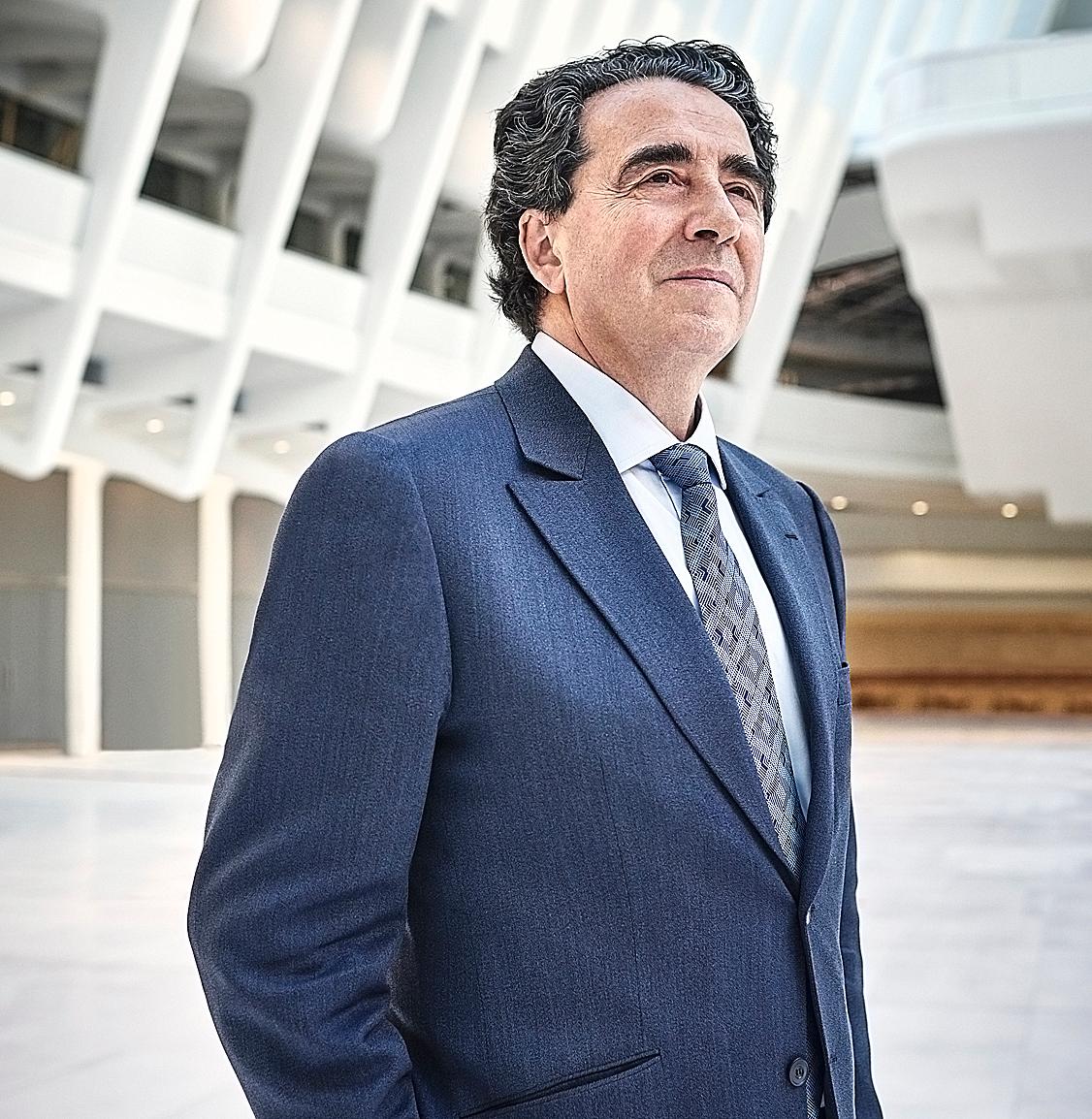
Spanish architect Santiago Calatrava told CLAD how he wants to use technology and advanced engineering “to push the limits of expression”.
“From day one, movability has been important to me,” he revealed. “Today we can create this sense that architecture is no more an aesthetic and firm thing, but rather something that transforms, something alive, something new and poetic.”
Calatrava also discussed his controversial reputation, why he loves to build for the public and his £1bn transport and leisure hub for Greenwich, London.
Questioned on the criticism he has faced – predominantly for the regularity in which his projects go over budget – Calatrava offered a philosophical analogy.
“At the age of 82, when he was completely deaf, Goya, the great Spanish painter, left Spain and went into exile to Bordeaux. Then, suddenly, he moved to Paris, where nobody knew him and where he could only communicate by writing in Spanish. Even the French culture minister asked, ‘Why has this man moved here?’
“Well, he went there, deaf and alone, to learn photography. From around this time there is a small drawing by Goya of an old man, bent over with two walking sticks. It is titled ‘Aun aprendo’ – it means ‘I am still learning.’”
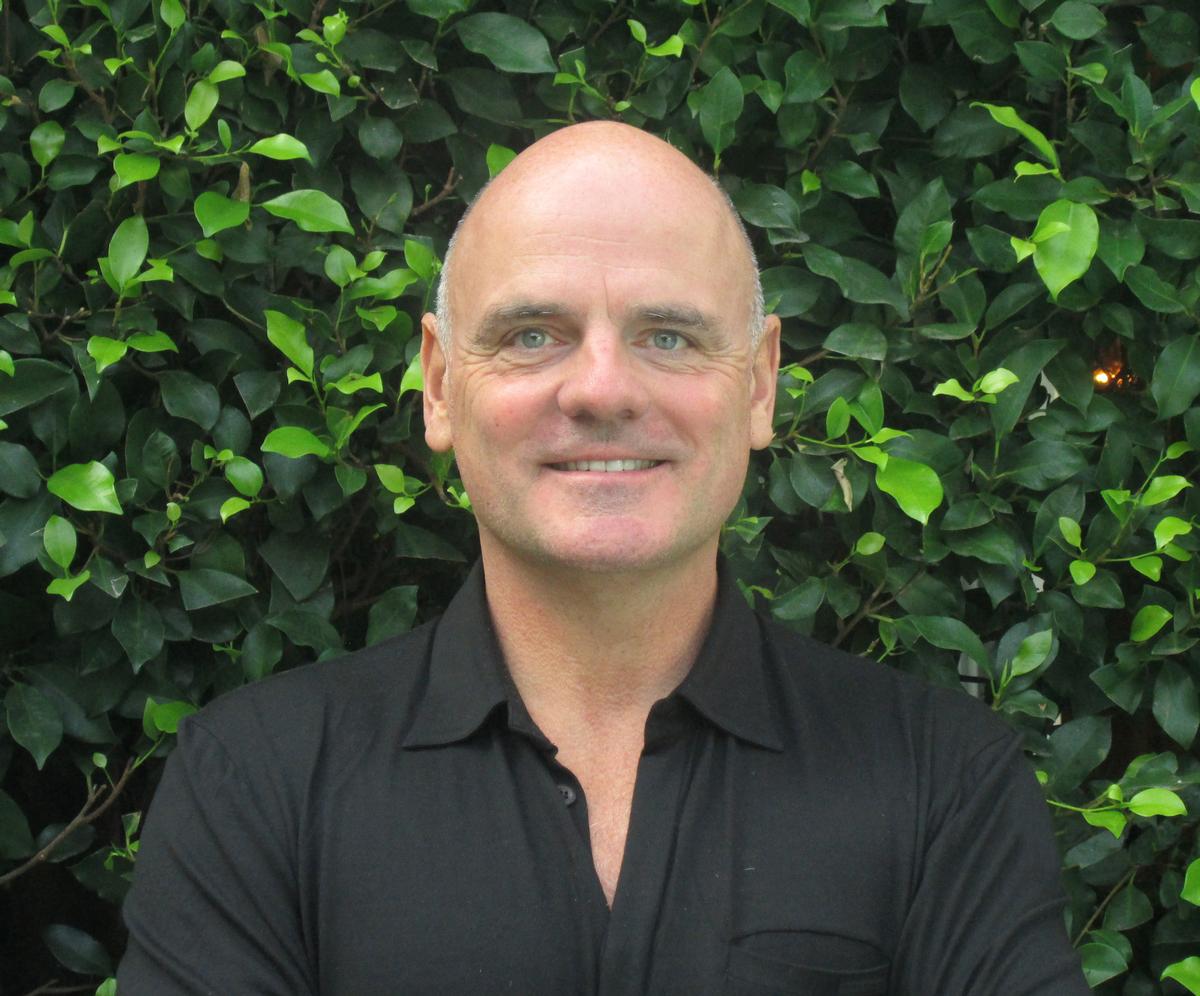
James Corner, one of the leading figures behind New York’s High Line elevated park, told CLAD that landscape architects are “the unsung heroes of the public realm”.
“We sometimes feel as though we’re in a 1950s TV series in regards to our relationship with architects,” he said. “They’re the 50s husband – dominant and frontal and vertical and visible. And we’re the stereotypical ‘good wife’. We’re not really seen, but we’re the ones who make things happen, who resolve a lot of the problems and add real long-term value.”
Corner also discussed his unique brand of landscape urbanism, revealed how his practice are bringing theatrical outdoor spaces to Miami and argued why well-designed public spaces are a platform for tolerance and democracy.
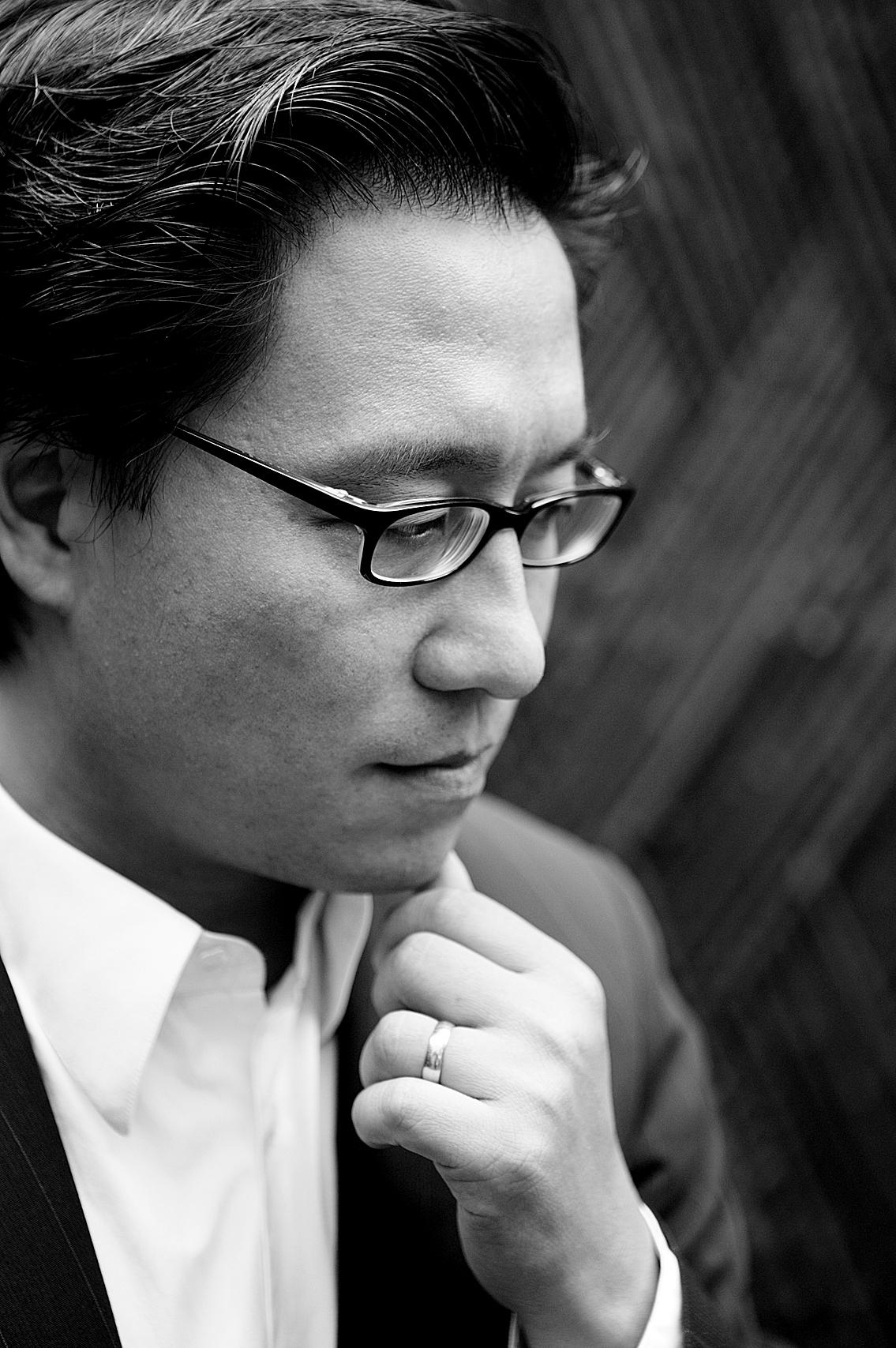
When we sat down with Lyndon Neri, he argued our notions of personal space should be challenged and urged designers to celebrate the idea of community.
“Sometimes our celebration of isolation makes us insular and I think that’s dangerous,” he said. “We’re trained to think that we need to be separate. When we come home from work, we close our front door, we make sure we have our privacy. We have a garden so that we can separate ourselves from our neighbours, and the length of our garden tells people how rich we are.
“[But] I think we need to feel part of a community. Why is the community of the internet so important? Because we have a need to be connected to other people.”
The designer – a founding partner of husband-and-wife studio Neri and Hu alongside Rossana Hu – also discussed the duo's upcoming projects, the Chinese design scene and why they want to challenge the status quo.
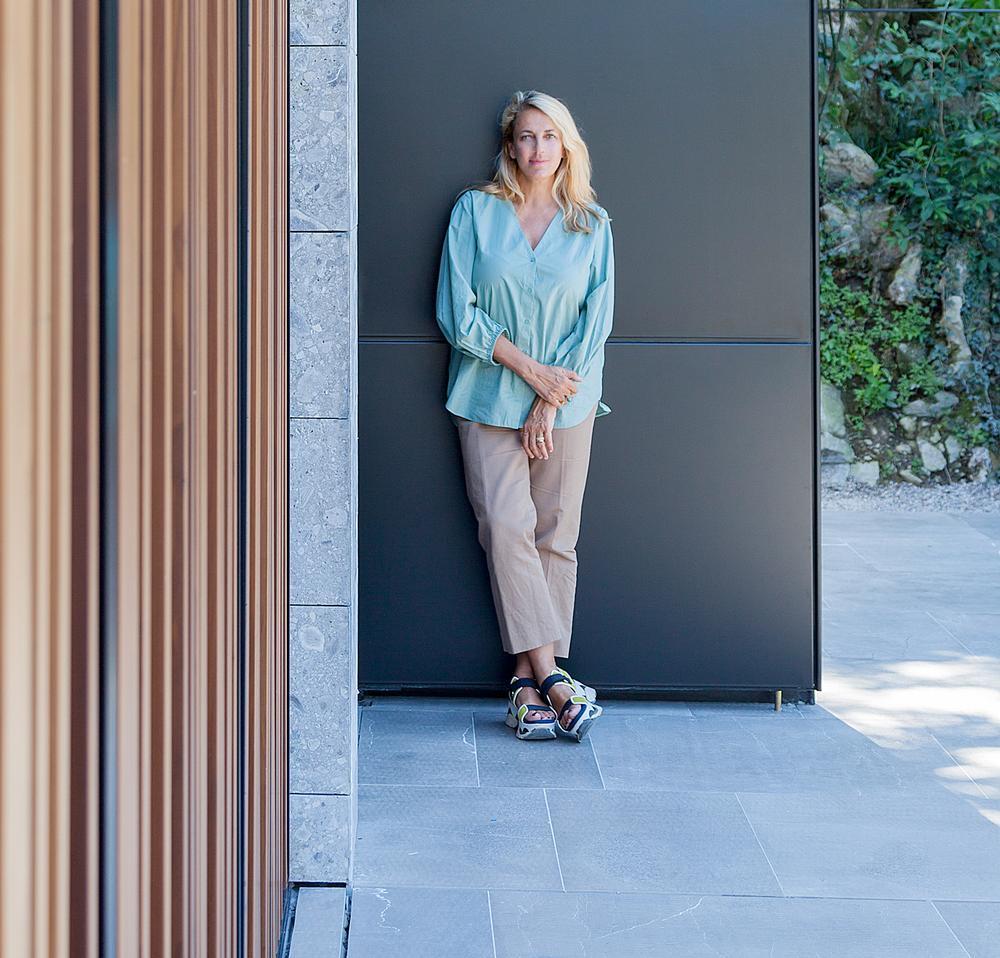
When we spoke with Spanish designer Patricia Urquiola to discuss her work on the new Il Sereno hotel on Italy’s Lake Como, she reflected the importance of empathy in her design process.
“My philosophy is to enter into deep empathy with the companies I work with, to understand the users’ needs and to interpret these ideas,” she said. “Only if my ideas of how to develop a certain project – which could be a hotel, a sofa or any other object – are interesting for my client, do I know I am on the right track. The clients for whom I work know this and understand its value.”
The 30-room Il Sereno, built on top of an old arched stone boathouse, is the first hotel to be built on the shores of Lake Como in decades. Urquiola was involved with all aspects of the design, including the architecture, interiors, furniture design, and the design of the staff uniform and private boats used to transport guests.
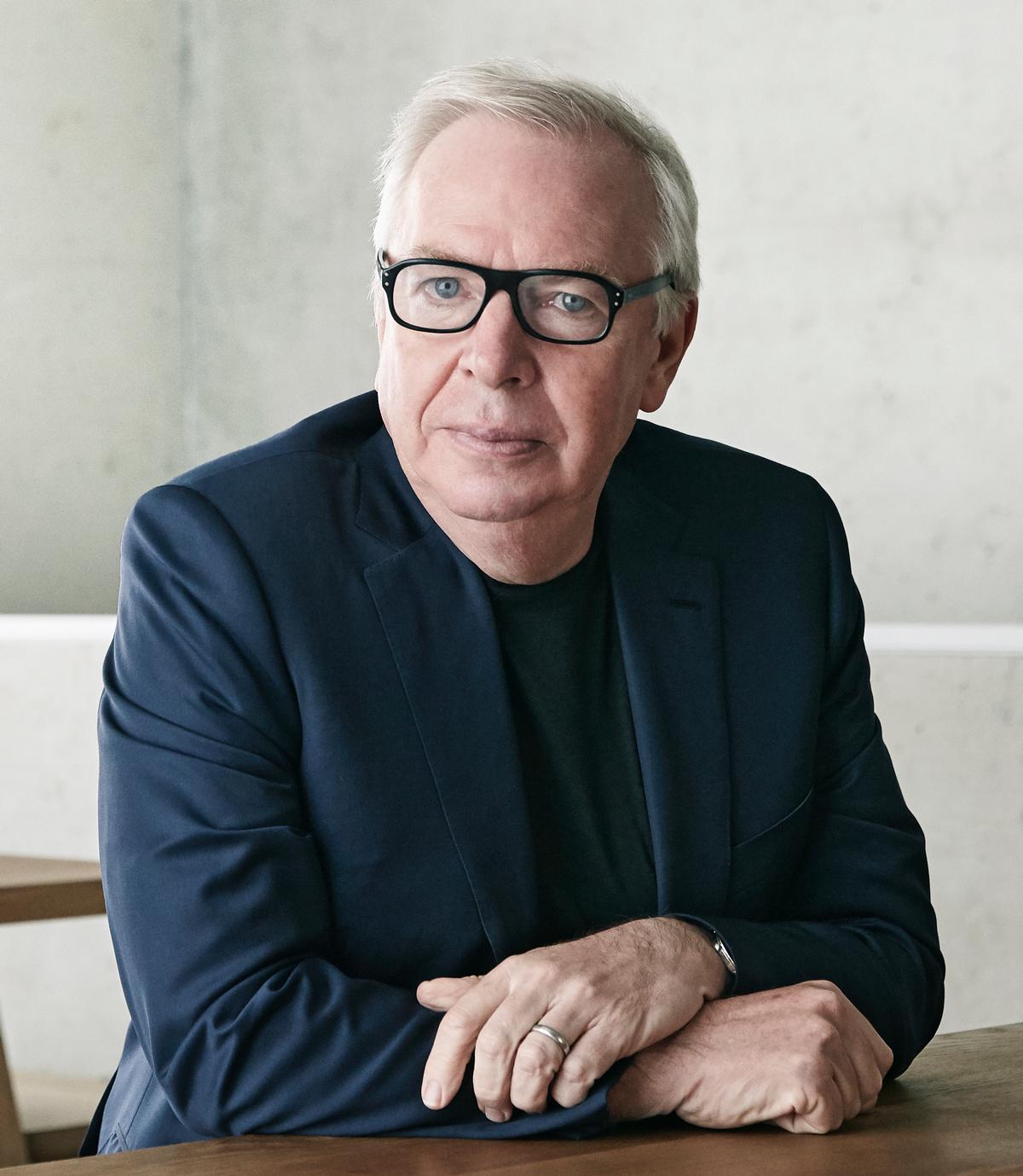
There is a danger that architects are being swayed to work on signature buildings at the expense of the coherent development of cities, David Chipperfield warned us during our interview for CLADmag’s Q3 issue.
In an outspoken chat, the British architect also said that, particularly in the UK, planning was “being overtaken by investment”.
“In London, I think there is planning permission for a further 200 towers right now, and more in the pipeline. Those are money packets; it’s not about building a city,” he argued.
Brexit was also in Chipperfield’s crosshairs, with Britain’s vote to pull out of the European Union branded “one of the worst decisions ever made”. He predicted the move was “going to be very bad for British architecture”, and stressed his concern for the EU nationals working for his practice.
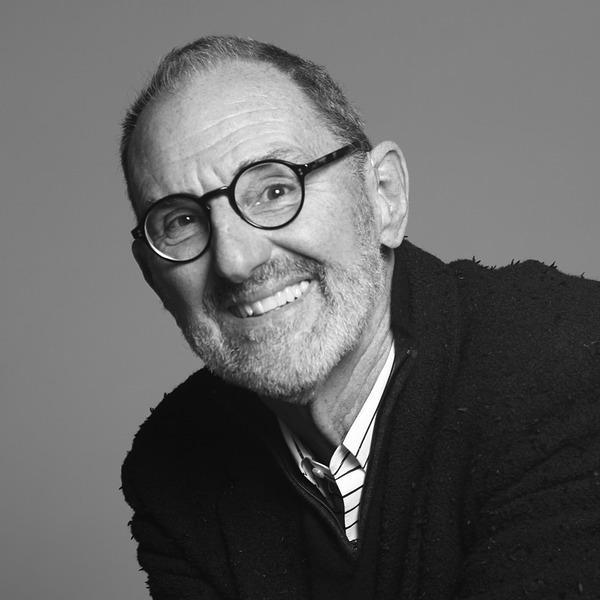
The Pritzker winning architect Thom Mayne criticised the majority of hotel designs as “generic and unmemorable” in his interview with CLAD.
Mayne, the founder and creative director of US practice Morphosis, argued that architects and designers working in the hotel sector are too often failing to create a space that wows the guests who will occupy it.
“I’m a person who lives in hotels and I have done for four decades, and my first thought after checking in is always, ‘Will I remember this room at all?’”, he said.
“So many of them are so generic. They’re either designed in the worst way from my perspective – by shaping things that make no sense and stylising things – or totally unmemorable.
Sometimes they’re just not practical, which is very bad when you’re busy and just want things to work.”
Mayne also defended his design for one of Europe’s tallest skyscrapers – somewhat incongruously to be located in the picturesque Swiss village of Vals, famous for its thermal springs and Peter Zumthor’s iconic Therme Vals spa resort.
“Because the valley is startling and the scale is monstrous, this is not a skyscraper – it’s an abstract line of translucent material, and when you put in in the scale of the site, it’s minuscule,” he argued.
“You know, to build the tallest tower in Europe in a valley and in a village of a few hundred people is just so out there. It’s a lovely project.”
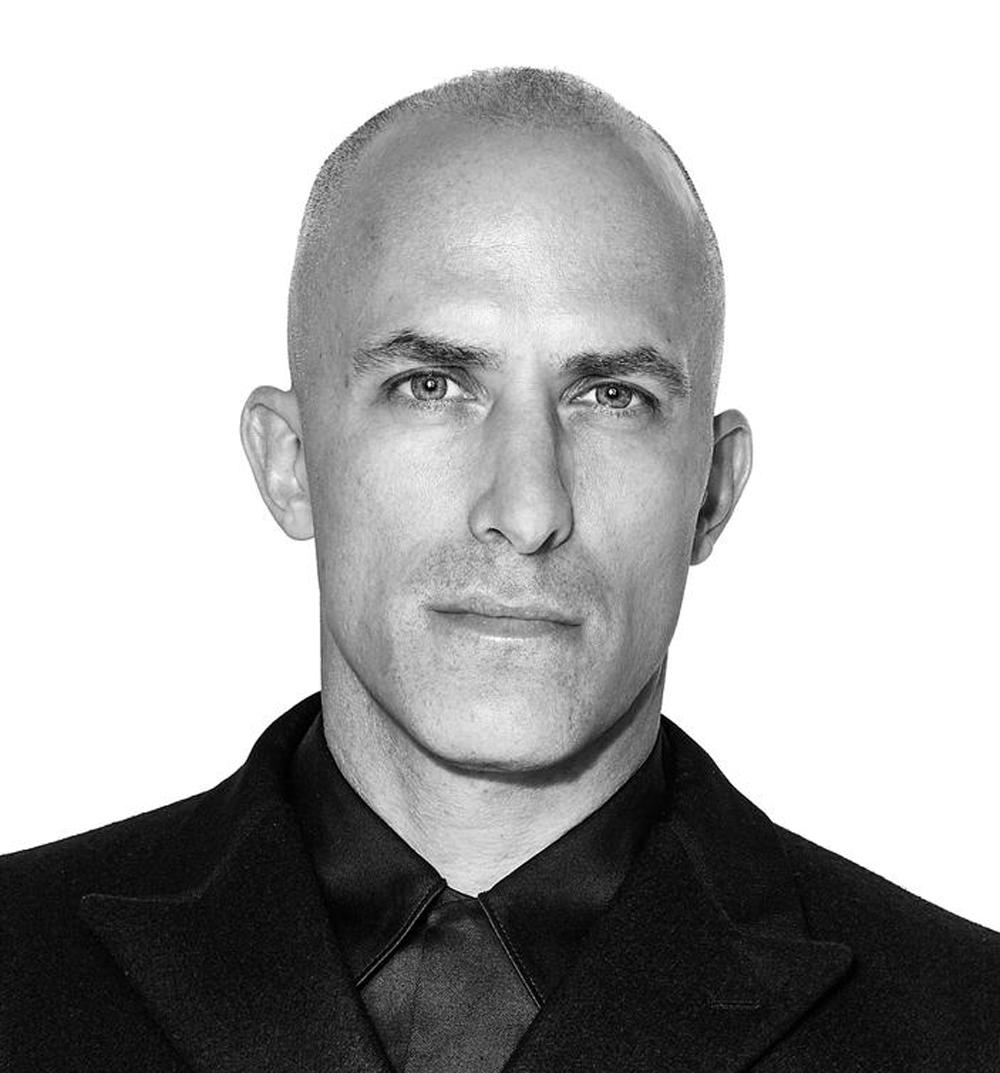
The performing arts centre under construction at the heart of the World Trade Center campus in New York will be one of the most innovative of its kind ever built, the project’s lead architect told us this year.
Joshua Prince-Ramus said that the Ronald O Perelman Performing Arts Center will become "a really extraordinary tool for the creation of new art,” adding that his firm Rex Architecture have “no alibi” if the project fails to live up to expected standards.
The architect, who founded REX in 2006, lived four blocks away from the World Trade Center on 9/11, and lost all of his possessions when the windows of his apartment blew out and “everything was covered with three feet of soot that basically turned into concrete through the humidity and the rain”.
“That day had a profound impact on all our lives and certainly for anyone in the city who saw it”, he said.
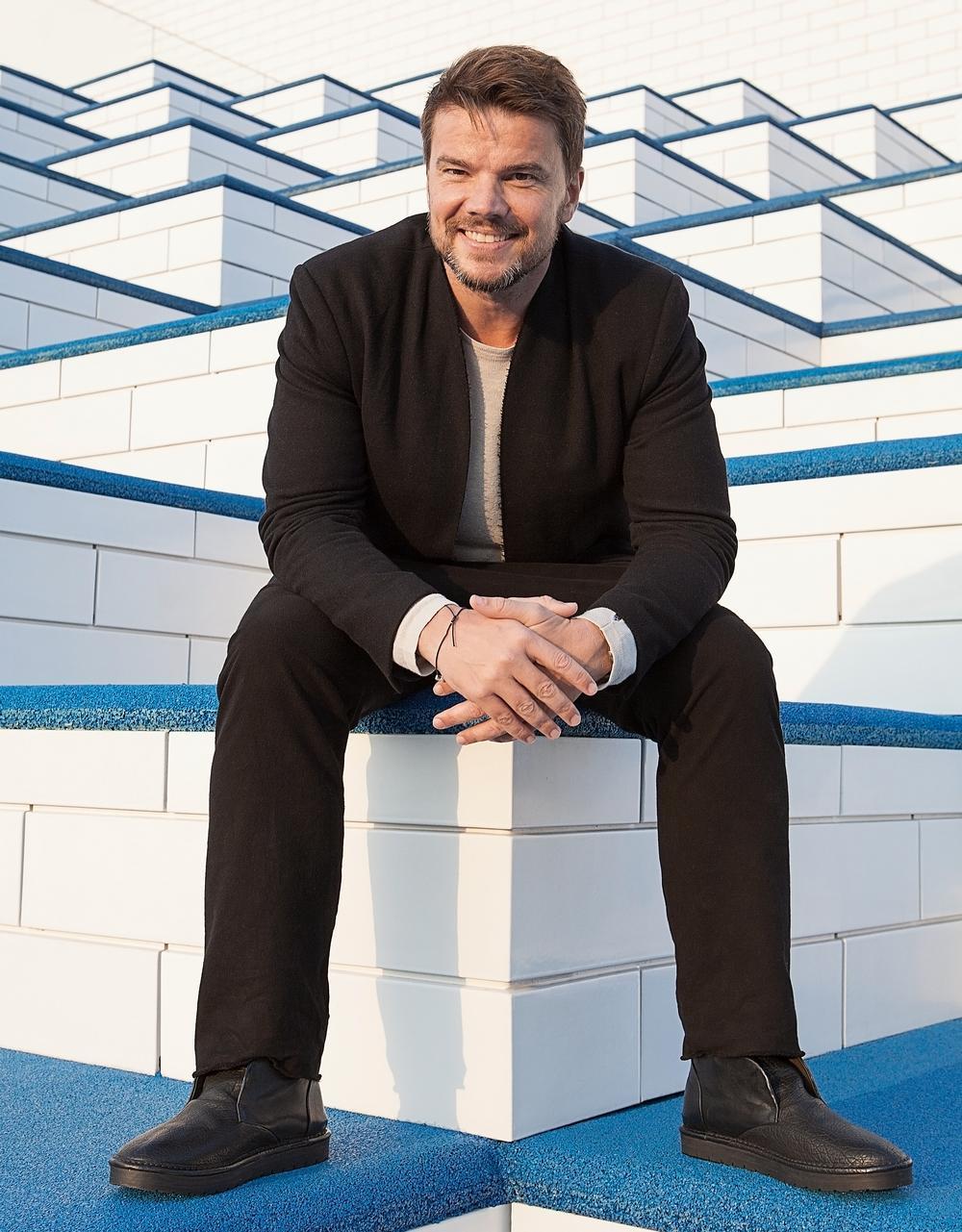
"Increasingly, we don't just want to make a good-looking version of something that's already been done, we want to take the initiative in giving form to our future," Bjarke Ingels told CLAD in a comprehensive interview that explored his latest projects, his changing focus and how from humble beginnings he built Bjarke Ingels Group (BIG) – one of the world's best-known architecture studios.
Ingels spoke at length on why his firm is looking to the future – designing everything from Hyperloop transport pods and stations to a simulation of a Martian environment – and reflected on his role as the focal point of the eponymous studio, stressing the indispensable contributions made by the team he has built around him.
“The truth is that collaboration is about collective effort and it’s also about individual contribution – so both are actually true,” he said. “There wouldn’t be any BIG without me and there wouldn’t be any BIG without all the BIGsters.
“I don’t see that there’s a dichotomy. Has Steven Spielberg made you think that he’s the only one contributing to his films? Not really. But, of course, he’s the director and he consistently manages to put together a team that can deliver something that other directors don’t.”
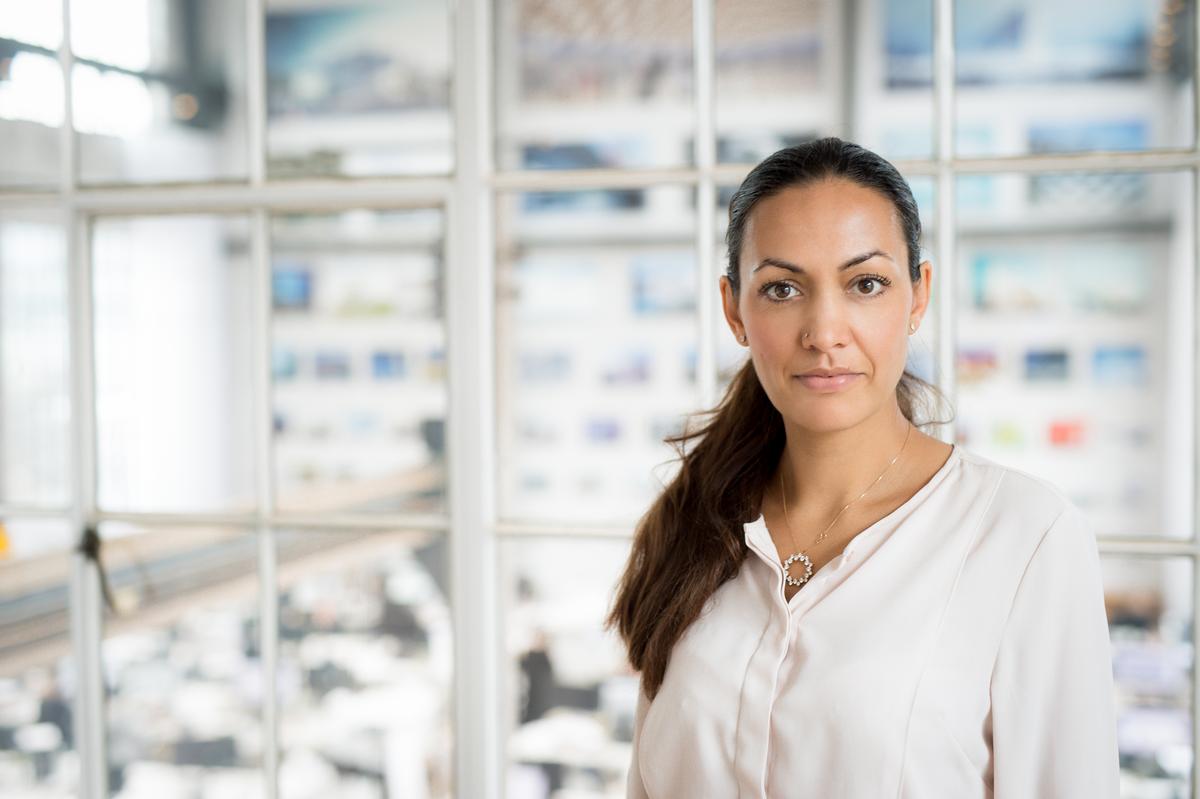
As part of our special CLADmag feature delving into the world of BIG and interviewing the practice’s twelve partners, we spoke at length to CEO Sheela Maini Søgaard, who revealed how she helped transform a struggling firm 10 years ago into one of the world’s fastest-growing and best-known.
“I contacted all the clients who owed us money and engaged a 'no cure, no pay' collections firm to deal with those who wouldn’t pay,” she revealed. “At the time it was completely incomprehensible to me why we’d work for people who hadn’t agreed to the terms and conditions; why we’d hand over our intellectual property before we’d received payment. I understand it now, but at the time I was quite insensitive to the passion of being a very young firm excited about clients wanting to work with you.”
Søgaard also reflected on her the criticism BIG have received for only having one woman at partner level.
“I’m actually really glad that the media continues to confront us with this issue, because the truth is that when you look at the numbers of women in positions of power in business and architecture, we’ve got a long way to go,” she said.
“As a female CEO, I have an obligation to help find a way to address this issue that makes sense for us, where we don’t feel that we’re compromising values and promoting people just because of their gender, but really helping the talent to move up. I feel very confident that the path is there, and that we’ve begun this process.
“When I look at the BIG landscape, more than half of our directors and managers are women. That in my mind shows that BIG actually is a place that offers people with talent and ambition a platform to rise regardless of gender or ethnicity.”
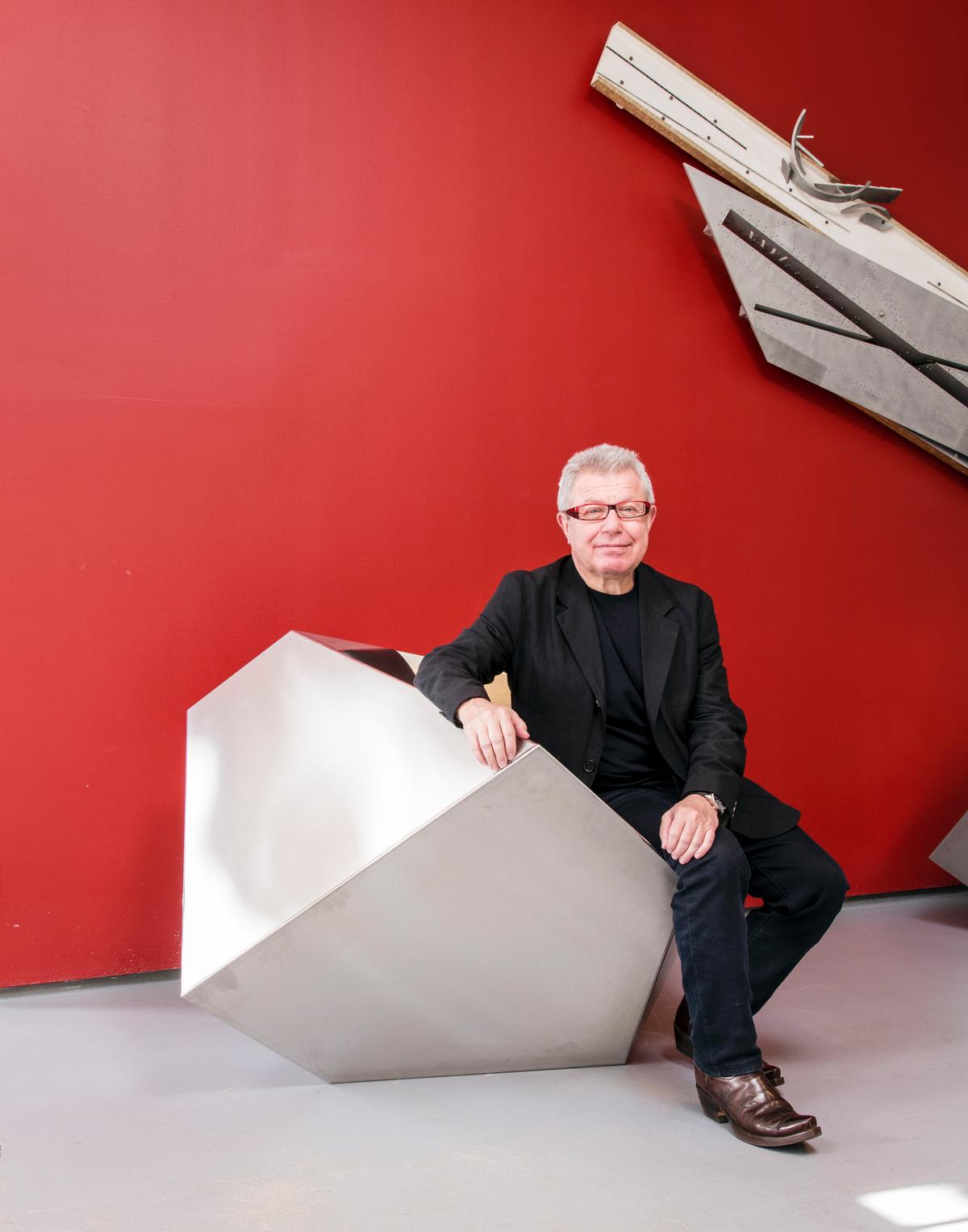
Citizens should be empowered to play a much more active role in the design of the built environment as part of democratic society, Daniel Libeskind stated in our recent interview with him.
The architect – known for designing buildings that explore themes of memory and identity – argued that the need to enhance public participation in the design process is “the biggest challenge facing architecture today”.
“I think architecture can only thrive in a democratic environment, and that means through involving people,” he said.
“More than just voting ‘I like it, I don't like it’, people should be actively encouraged to engage in the conversation of architecture itself. I’m a true believer that given some tools and the right discourse, people are very creative. We see it in art. Why shouldn't people have that same chance to participate in architecture?”
He also discussed his experiences designing a forthcoming evolution museum in Turkana, the acclaimed Jewish Museum in Berlin, the planned Kurdistan Museum in Erbil, and the masterplan for the World Trade Center in New York.

In our interview with Dutch designer Marcel Wanders, he was quick to hit out at minimalist design trends, particularly in the world of hospitality.
Wanders – best known for his colourful and often surreal hotel collaborations with the likes of Morgans Hotel Group, Park Hyatt and sbe – argued that architects and designers working in the hotel sector “should add fun and value to people’s lives”.
“If you love design enough to give your life to it – studying for years and flying to jobs and events around the world – then why would you try to design as little as possible?” he asked.
“When I think about how and why I want to do my work, I think about this metaphor: my daughter is eight years old, and I have to make her a gift because I love her, so what am I going to do? I can follow the idea of minimalism and get a small box which has crepe paper on it and I tell her ‘Darling, this is for you, it’s very lightweight, it was easy to produce without too much extra cost, and it’s available all over the world, so you got one. Be happy’. If I do that, she’d sit in the corner of the room crying, certain that I don’t love her anymore.
“Instead, I find the most amazing paper that I can – it might have some twinkling bells on it, or it might have a fairy with a machine gun, because she likes to be a bit wicked. I put a bow and some flowers on it and I stand up and do a little performance. I tell her it’s the most amazing gift and I went to great lengths to find it for her because I love her.”
On Wednesday, we revealed our CLAD list of 17 of the best leisure buildings of 2017, and next up we will take a look at what we believe will be the most exciting openings of 2018.
More news, views and interviews will be published on the CLADglobal website and in our quarterly publication CLADmag in the New Year.
More News
- News by sector (all)
- All news
- Fitness
- Personal trainer
- Sport
- Spa
- Swimming
- Hospitality
- Entertainment & Gaming
- Commercial Leisure
- Property
- Architecture
- Design
- Tourism
- Travel
- Attractions
- Theme & Water Parks
- Arts & Culture
- Heritage & Museums
- Parks & Countryside
- Sales & Marketing
- Public Sector
- Training
- People
- Executive
- Apprenticeships
- Suppliers














